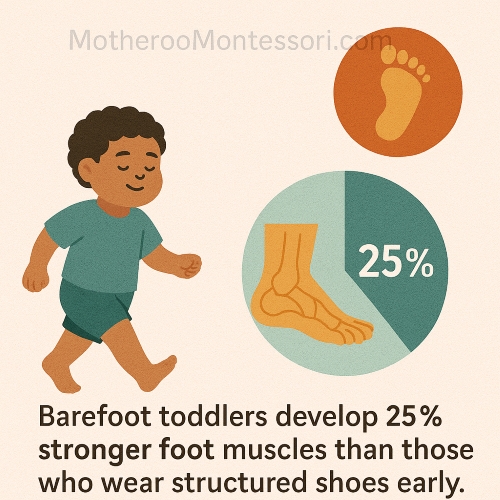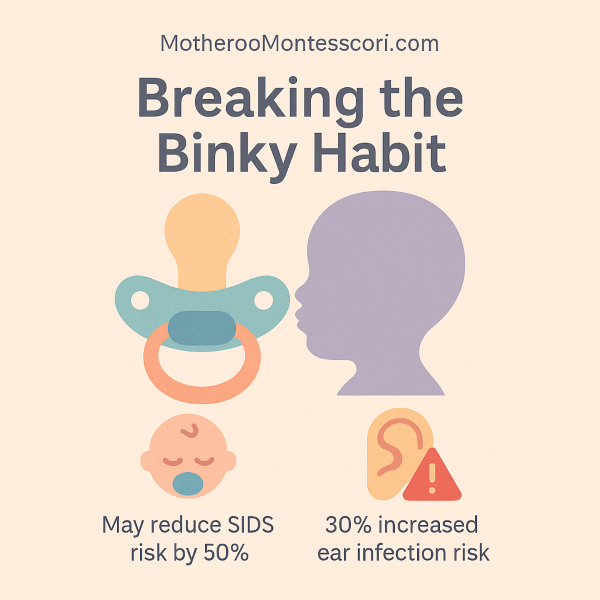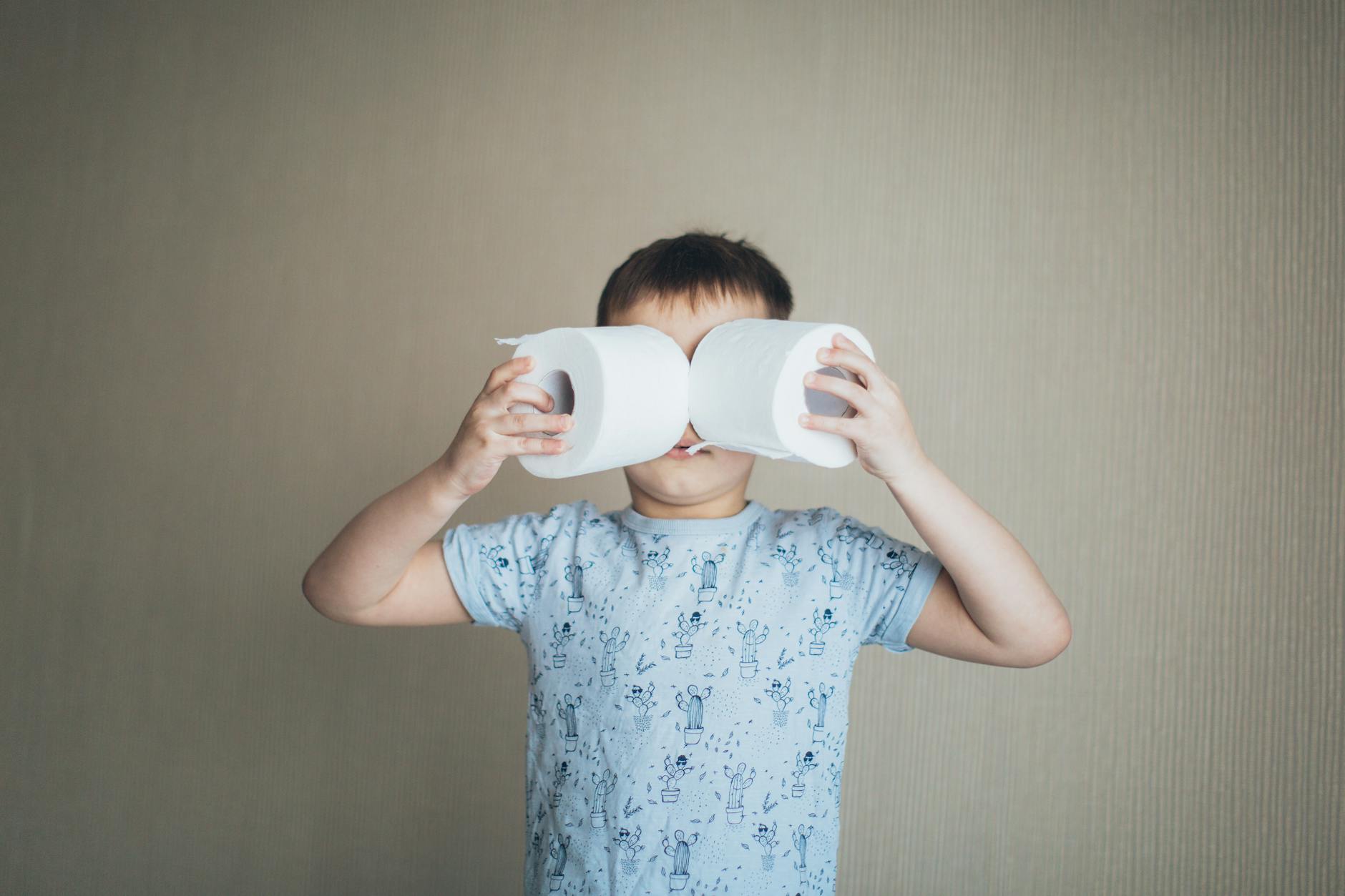Emotional regulation is the ability to manage and respond to emotional experiences in a socially appropriate and flexible manner. It is a critical skill for children, impacting their social interactions, academic performance, and overall well-being. This article synthesizes evidence-based strategies and benefits of emotional regulation, drawing from recent journal articles and research findings.
What is Emotional Regulation?
Emotional regulation involves recognizing, understanding, and managing one’s emotions. It encompasses a range of skills, including the ability to calm oneself down when upset, to adjust one’s emotional state to match the situation, and to express emotions in a socially acceptable way. Effective emotional regulation is linked to better social competence, academic success, and mental health.
Benefits of Emotional Regulation
- Improved Academic Performance: Children with strong emotional regulation skills tend to perform better academically. They can focus better, manage stress, and engage more positively with teachers and peers [14].
- Enhanced Social Skills: Emotional regulation helps children navigate social interactions more effectively, leading to better relationships with peers and adults [17].
- Better Mental Health: Effective emotional regulation is associated with lower levels of anxiety and depression, and higher levels of overall well-being [13].
Strategies for Supporting Emotional Regulation
- Tune into Their Body: Encourage children to become aware of their physical sensations associated with different emotions. This helps them understand and label their feelings [1][7].
- Comment on Physical Signs: When a child appears angry, for example, you might say, “You seem angry, does your body feel hot? Your face looks red. Do you need something to help cool your body down?” This helps children connect physical sensations with emotional states [1][8].
- Use Regulation Talk: Model emotional regulation by verbalizing your own emotions and physical sensations. For instance, express frustration and demonstrate calming techniques like deep breathing [1][16].
- Provide Examples: Show children how to handle emotions by narrating your own experiences. For example, if you spill coffee, you might say, “I spilled my coffee, it makes me feel hot and mad! I think I will take a small break and then pour another coffee in a minute” [1][9].
- Mindfulness and Breathing Exercises: Techniques such as mindful breathing can help children calm down and manage their emotions. Practices like “Dragon Breaths” teach children to use conscious breathing to trigger a relaxation response [6][13].
- Co-Regulation: Support children in managing their emotions by maintaining a calm and supportive presence. This involves helping them identify coping strategies and modeling appropriate emotional responses [10][18].
- Validation and Empathy: Validate children’s feelings by acknowledging their emotions without judgment. This helps them feel understood and supported, which can reduce the intensity of their emotional reactions [16][19].
Conclusion
Emotional regulation is a foundational skill that supports children’s academic, social, and emotional development. By using evidence-based strategies such as tuning into physical sensations, modeling regulation talk, and practicing mindfulness, caregivers and educators can help children develop strong emotional regulation skills. These skills not only improve immediate well-being but also lay the groundwork for long-term success and mental health.
References
- Courtney English, OT. (2023). Instagram post on emotional regulation strategies.
- Child Mind Institute. (2023). How Can We Help Kids With Self-Regulation?
- Gottman Institute. (2023). An Age-By-Age Guide to Helping Kids Manage Emotions.
- Your Teacher’s Pet Creature. (2023). 10 Reasons To Teach Emotional Regulation in Early Childhood.
- Yo Re Mi. (2023). 8 Effective Emotional Regulation Techniques for Kids.
- American Psychological Association. (2023). How to help kids understand and manage their emotions.
- Source Kids. (2023). Emotional regulation: how children learn to manage their feelings.
- Quirky Kid. (2023). How to Support Emotional Regulation in Older Children.
- ACECQA. (2023). Self-regulation: A foundation for wellbeing and involved learning.
- Raising Children Network. (2023). Self-regulation in children & teenagers.
- National Center for Biotechnology Information. (2023). Teaching Simple Strategies to Foster Emotional Well-Being.
- Child Development Clinic. (2023). Emotion Regulation in Children.
- Positive Psychology. (2023). 16 Activities to Stimulate Emotional Development in Children.
Citations:
[1] https://pplx-res.cloudinary.com/image/upload/v1719681893/user_uploads/rdnpabtbe/image.jpg
[2] https://pplx-res.cloudinary.com/image/upload/v1719681831/user_uploads/gayagfmzp/image.jpg
[3] https://childmind.org/article/can-help-kids-self-regulation/
[4] https://www.gottman.com/blog/age-age-guide-helping-kids-manage-emotions/
[5] https://www.yourteacherspetcreature.com/blogs/emotional-regulation/10-reasons-you-should-be-teaching-emotional-regulation-in-early-childhood
[6] https://www.yoremikids.com/news/emotional-regulation-activities-for-kids
[7] https://www.apa.org/topics/parenting/emotion-regulation
[8] https://www.sourcekids.com.au/emotional-regulation-how-children-learn-to-manage-their-feelings-how-you-can-help/
[9] https://www.childpsychologist.com.au/resources/how-to-support-emotional-regulation-in-older-children
[10] https://www.cela.org.au/publications/amplify!-blog/mar-2023/supporting-emotional-regulation
[11] https://www.acecqa.gov.au/sites/default/files/2021-01/SelfRegulationAFoundationForWellbeing.PDF
[12] https://raisingchildren.net.au/toddlers/behaviour/understanding-behaviour/self-regulation
[13] https://www.ncbi.nlm.nih.gov/pmc/articles/PMC8631539/
[14] https://www.ncbi.nlm.nih.gov/pmc/articles/PMC3004175/
[15] https://www.yourtherapysource.com/blog1/2022/05/03/10-emotional-regulation-activities-for-kids/
[16] https://childmind.org/article/how-to-help-children-calm-down/
[17] https://ijccep.springeropen.com/articles/10.1186/s40723-017-0038-6
[18] https://www.ncbi.nlm.nih.gov/pmc/articles/PMC2880630/
[19] https://www.childdevelopmentclinic.com.au/emotion-regulation-in-children.html
[20] https://positivepsychology.com/emotional-development-activities/












